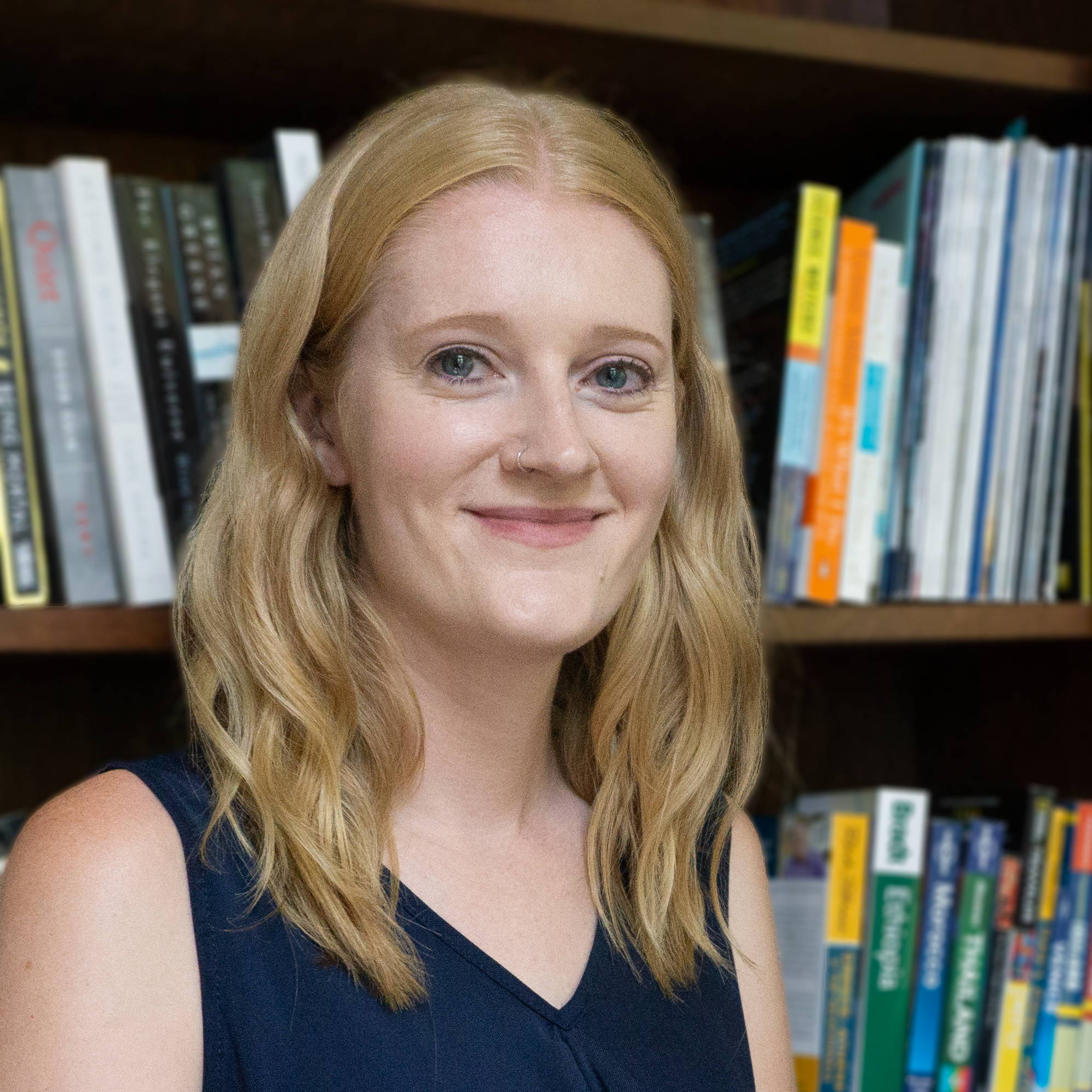Celebrate Pi Day of the Century with NASA Math Challenge

Who said math couldn't be fun? In honor of the Pi Day of the century, 3.1415 (March 4, 2015), NASA's Jet Propulsion Laboratory has created a dizzying math challenge. Hint: every solution will use the mathematical constant pi: the ratio of the circumference to the diameter of a circle.
The NASA Pi Day challenge includes four real-world problems that ask you to identify how many times Opportunity's wheels might rotate, the number of photographs the Dawn spacecraft will snap of the entire dwarf planet Ceres, the potential volumes of Europa's ocean, and the fraction of radio beams that will reach Earth from our most distant spacecraft.
"On Pi Day, I will think about the nature of a day, as Earth's rotation on its axis carries me on a circle 21,000 miles (34,000 kilometers) in circumference, which I calculated using pi and my latitude," said Marc Rayman, NASA's chief engineer and mission director for the Dawn mission to Ceres, said in a statement.
Scientists and engineers work on similar problems every day. And pi tends to always be involved, whether they're calculating the surface of a sphere or the effect of space-time with Einstein's equation for general relativity. You can share your answers by tweeting to @NASAJPL_Edu with the hashtag #PiDay. NASA will release the answers in a companion graphic on March 16.
NASA's Pi Day match problems are aimed at students between grades 4 and 11, but anyone can try to solve them. To take a stab at solving NASA's Pi Day challenges visit: http://www.jpl.nasa.gov/edu/piday2015
NASA also has a PDF download avaialable for educators, which are available here:
Infographic and Problem Set
http://www.jpl.nasa.gov/education/images/pdf/Pi_Day_2015.pdf (8 MB)
Breaking space news, the latest updates on rocket launches, skywatching events and more!
8.5 X 11 handouts
http://www.jpl.nasa.gov/education/images/pdf/Pi_Day_2015_Handouts.pdf (7 MB)
Follow Shannon Hall on Twitter @ShannonWHall. Follow us @Spacedotcom, Facebook and Google+. Original story on Space.com.

Shannon Hall is an award-winning freelance science journalist, who specializes in writing about astronomy, geology and the environment. Her work has appeared in The New York Times, Scientific American, National Geographic, Nature, Quanta and elsewhere. A constant nomad, she has lived in a Buddhist temple in Thailand, slept under the stars in the Sahara and reported several stories aboard an icebreaker near the North Pole.
